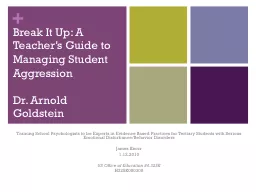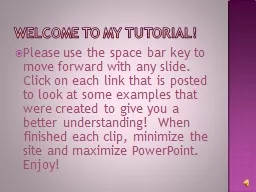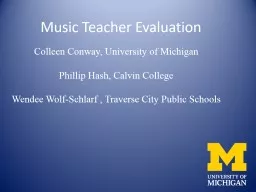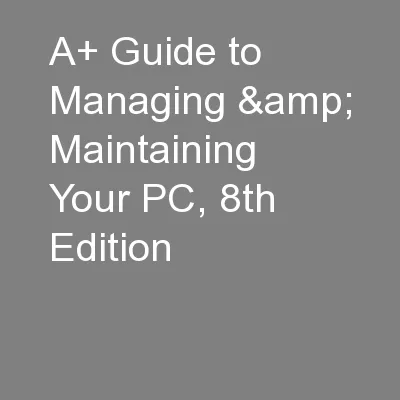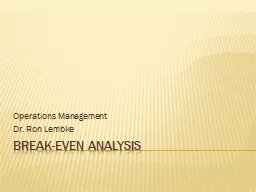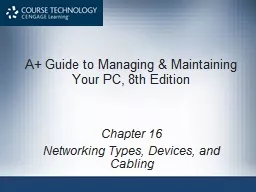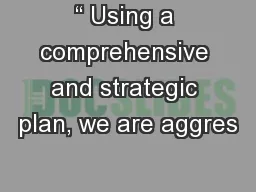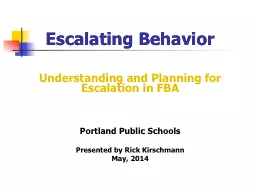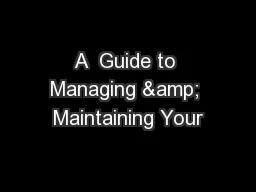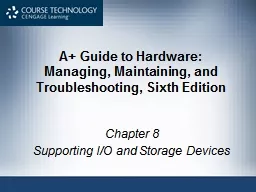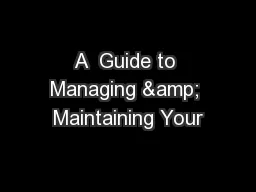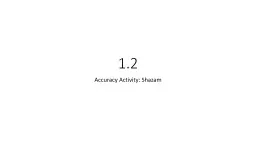PPT-Break It Up: A Teacher’s Guide to Managing Student Aggres
Author : tatiana-dople | Published Date : 2016-04-08
Dr Arnold Goldstein Training School Psychologists to be Experts in Evidence Based Practices for Tertiary Students with Serious Emotional DisturbanceBehavior Disorders
Presentation Embed Code
Download Presentation
Download Presentation The PPT/PDF document "Break It Up: A Teacher’s Guide to Mana..." is the property of its rightful owner. Permission is granted to download and print the materials on this website for personal, non-commercial use only, and to display it on your personal computer provided you do not modify the materials and that you retain all copyright notices contained in the materials. By downloading content from our website, you accept the terms of this agreement.
Break It Up: A Teacher’s Guide to Managing Student Aggres: Transcript
Download Rules Of Document
"Break It Up: A Teacher’s Guide to Managing Student Aggres"The content belongs to its owner. You may download and print it for personal use, without modification, and keep all copyright notices. By downloading, you agree to these terms.
Related Documents

